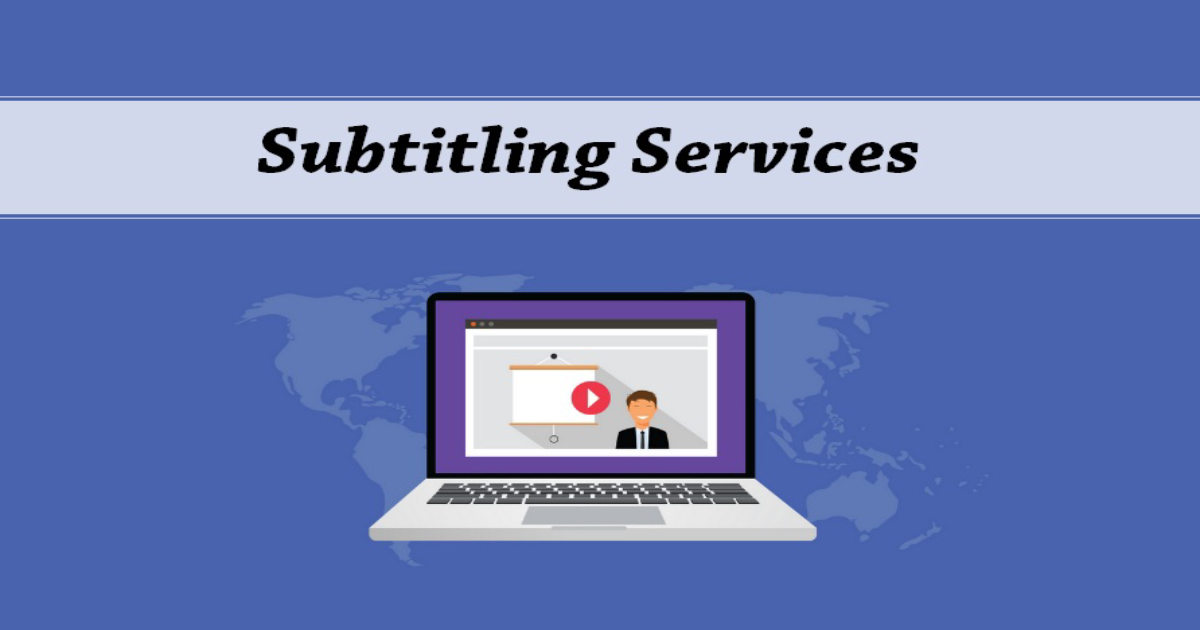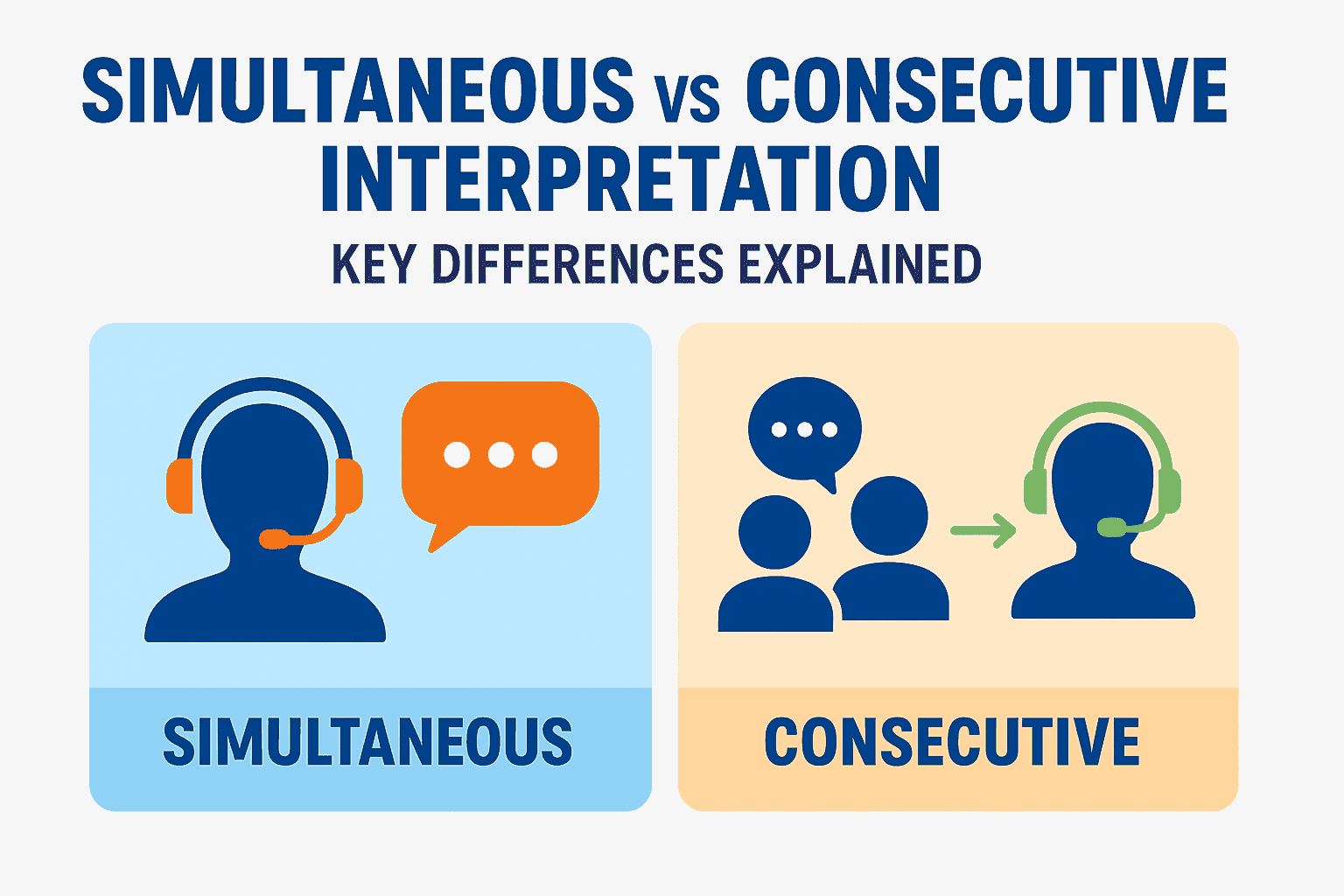
How Subtitling Can Actually Change the Whole Conversation?
Subtitling, an essential component of audiovisual media, has
a far-reaching impact on communication and understanding. With its ability to
bridge language gaps and enhance accessibility, subtitling plays a crucial role
in transforming conversations on a global scale. In this article, we will
explore how subtitling influences various aspects of communication and how it
can change the dynamics of conversations.
1. Introduction
Effective communication is the cornerstone of human interaction, and language is the medium through which we express ourselves. However, language barriers often hinder our ability to connect with others who speak different languages. Subtitling emerges as a powerful tool that can overcome these barriers, allowing people from diverse linguistic backgrounds to engage in meaningful conversations.
2. The Importance of Subtitling in Communication
2.1 Enhancing Accessibility
Subtitling significantly enhances accessibility by providing a visual representation of spoken language. It allows individuals with hearing impairments to engage with audiovisual content effortlessly. Moreover, it aids individuals who struggle with accents or low audio quality, ensuring that everyone can fully comprehend the dialogue.
2.2 Breaking Language Barriers
One of the most evident impacts of subtitling is its ability to break down language barriers. By translating dialogue into different languages, subtitling enables individuals who are not proficient in the original language to understand and participate in conversations. This fosters inclusivity and encourages cultural exchange on a global scale.
2.3 Enabling Multilingual Dialogue
Subtitling also facilitates multilingual dialogue, particularly in scenarios where multiple languages are spoken simultaneously. By providing subtitles in different languages, individuals can follow and engage in conversations without feeling excluded or left behind. This dynamic exchange of ideas enriches communication and promotes a deeper understanding among diverse groups of people.
3. The Impact of Subtitling on Media Consumption
3.1 Engaging a Wider Audience
Subtitling plays a pivotal role in expanding the audience base for audiovisual content. By removing language barriers, it allows media to reach a broader demographic, transcending geographical boundaries. As a result, filmmakers, content creators, and marketers can connect with a global audience and amplify their message effectively.
3.2 Improving Comprehension and Retention
Subtitling improves comprehension and retention of information presented in audiovisual media. Research suggests that individuals who watch subtitled content have better recall and understanding of the material. The visual and auditory reinforcement provided by subtitles enhances cognitive processing, leading to improved learning outcomes.
3.3 Cultural Exchange and Global Understanding
Subtitling fosters cultural exchange and promotes global understanding. When foreign films or documentaries are subtitled, viewers gain insights into different cultures, traditions, and perspectives. This exposure cultivates empathy, breaks stereotypes, and promotes cross-cultural appreciation.
4. Subtitling in Education and Learning
4.1 Facilitating Language Acquisition
Subtitling has proven to be an effective tool in language acquisition and learning. By providing visual and textual cues alongside spoken language, it aids learners in understanding pronunciation, vocabulary, and grammar. Educational institutions and online platforms utilize subtitling to enhance language courses and make learning more interactive and engaging.
4.2 Promoting Multiculturalism and Inclusivity
In educational settings with diverse student populations,
subtitling ensures inclusivity by accommodating students from different
linguistic backgrounds. It allows students to comprehend lectures and
instructional materials, regardless of their proficiency in the primary
language of instruction. Subtitling fosters multiculturalism and creates an
inclusive learning environment.
5.1 Broadening Market Reach
For the entertainment industry, subtitling opens up new markets and revenue streams. By translating and subtitling content, filmmakers and production houses can appeal to international audiences, leading to increased viewership and box office success. Subtitling also facilitates the distribution of content through streaming platforms, reaching a global audience instantaneously.
5.2 Preserving Original Dialogues and Intention
When foreign films or TV shows are subtitled, preserving the
authenticity and intent of the original dialogues becomes crucial. Skilled
subtitlers strike a delicate balance between translation accuracy and conveying
the emotions and cultural nuances embedded in the dialogue. This ensures that
the subtitled version maintains the integrity of the original content.
6.1 Timing and Synchronization
Subtitling requires meticulous timing and synchronization to ensure that the text appears on the screen in harmony with the corresponding dialogue. Subtitlers carefully adjust the duration, placement, and formatting of subtitles to maintain readability and prevent distractions. This technical aspect of subtitling ensures a seamless viewing experience.
6.2 Text Formatting and Display
The visual presentation of subtitles is essential for readability and comprehension. Subtitles should have appropriate font styles, sizes, and colors to ensure legibility against varying backgrounds. Moreover, the positioning of subtitles should be optimized to avoid obscuring important visual elements while remaining unobtrusive.
7. Challenges and Limitations of Subtitling
7.1 Translation Accuracy and Adaptation
Subtitling involves the translation and adaptation of dialogue, which can pose challenges. Translating idiomatic expressions, cultural references, and humor accurately while fitting within time constraints requires expertise and linguistic finesse. Balancing linguistic accuracy and maintaining the intended meaning is crucial to ensure effective subtitling.
7.2 Reading Speed and Cognitive Load
Subtitles must be timed and paced appropriately to match the
natural reading speed of viewers. If subtitles appear on the screen for too
short a duration, it can be challenging for viewers to read and comprehend the
text. Conversely, extended durations may lead to disengagement. Subtitlers must
strike a balance between reading speed and cognitive load to optimize viewer
experience.
8.1 Automatic Speech Recognition and Translation
Advancements in automatic speech recognition and translation technologies are revolutionizing subtitling. These technologies offer real-time subtitling, reducing the manual effort involved in creating subtitles. By leveraging machine learning and artificial intelligence, subtitling processes become more efficient and accurate, further expanding the reach and impact of subtitling.
8.2 Adaptive Subtitles and Personalization
The future of subtitling lies in adaptive subtitles that cater to individual preferences and needs. Subtitles can be customized based on font size, color, and positioning, allowing viewers to personalize their viewing experience. Additionally, adaptive subtitles can offer alternative language options, enabling viewers to switch between languages seamlessly.
9. Conclusion
Subtitling is a powerful tool that has the potential to transform conversations and bridge linguistic gaps. It enhances accessibility, enables multilingual dialogue, and influences various aspects of communication. From the entertainment industry to education, subtitling plays a vital role in improving comprehension, promoting inclusivity, and fostering global understanding. As technology continues to advance, subtitling will evolve, creating more immersive and personalized experiences for viewers worldwide.
FAQs:
Q1: Are subtitles the same as captions?
While both subtitles
and captions provide textual representation of spoken language, subtitles are
typically used for translating dialogue in foreign language films or shows,
whereas captions aim to provide a textual representation of all audio elements,
including sound effects and music, for individuals with hearing impairments.
While automatic subtitling technologies have made significant advancements, achieving 100% accuracy and adaptation to context and cultural nuances still requires human intervention. Professional subtitlers provide the necessary expertise to ensure quality and effective communication.
Q3: How can I become a professional subtitler?
Yes, subtitling styles can vary based on the genre and target audience. For example, subtitling for comedy shows may require additional considerations for preserving humor, timing, and pacing, while subtitling for documentaries may prioritize conveying factual information accurately.
Q5: How can viewers provide feedback or report issues with
subtitles?



